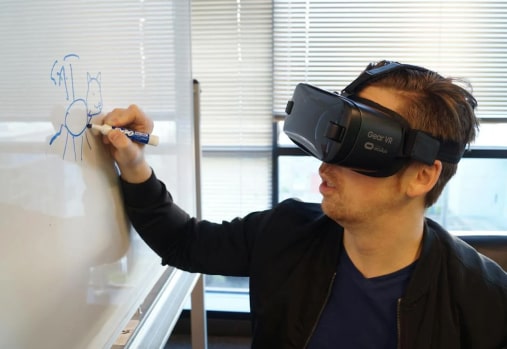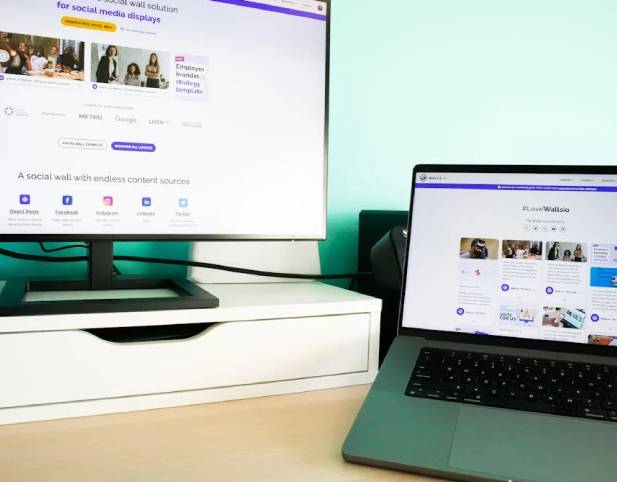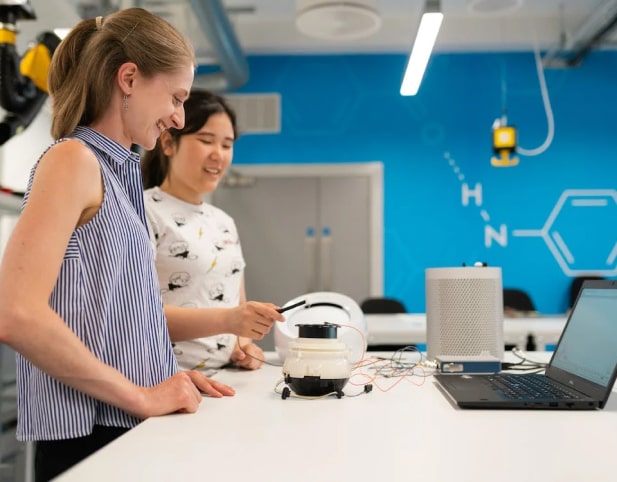
Mobile Experiences Integrating Augmented Reality & Virtual Reality
In the ever-evolving landscape of mobile technology, two immersive technologies have emerged as game-changers: Augmented Reality (AR) and Virtual Reality (VR). These innovations have not only revolutionized entertainment but have also begun to reshape various industries by integrating seamlessly into mobile applications. Let’s delve into how the convergence of AR and VR is transforming mobile experiences across the board. Mobile Experiences Integrating Augmented Reality & Virtual Reality
The Blend of Real and Virtual Worlds
Augmented Reality enhances the real world by overlaying digital information onto it, while Virtual Reality immerses users in entirely virtual environments. The fusion of these technologies within mobile apps bridges the gap between physical and digital realms, offering users a rich, interactive experience like never before.
Enhanced Engagement and Interaction
Integrating AR and VR into mobile apps opens up a world of possibilities for enhancing user engagement and interaction. Whether it’s trying on virtual clothing before making a purchase or exploring immersive educational simulations, these technologies captivate users and make the mobile experience more compelling and memorable.
Revolutionizing Industries
The impact of AR and VR extends far beyond entertainment. In industries like retail, AR-powered try-on experiences are revolutionizing the way customers shop for clothing and accessories. Virtual showrooms allow users to visualize furniture in their homes before buying, leading to more confident purchasing decisions. Similarly, VR-based training modules are transforming employee onboarding and skill development across sectors, from healthcare to manufacturing. Mobile Experiences Integrating Augmented Reality & Virtual Reality
Driving Innovation in Mobile Commerce
For businesses, integrating AR and VR into mobile commerce apps can drive sales and conversions. By providing immersive product experiences, such as virtual test drives for automobiles or virtual tours of real estate properties, businesses can reduce purchase hesitation and increase customer confidence. These technologies not only enhance the shopping experience but also differentiate brands in a crowded market.
Overcoming Challenges
Despite the immense potential, integrating AR and VR into mobile apps comes with its challenges. Developers must navigate technical complexities, such as optimizing performance across devices and ensuring seamless user experiences. Moreover, addressing privacy concerns and ensuring data security are paramount, particularly when dealing with AR overlays that interact with the physical world.
The Future of Mobile Experiences
As technology continues to advance, the possibilities for AR and VR in mobile apps are limitless. From immersive gaming experiences to practical applications in healthcare and education, these technologies are poised to redefine how we interact with mobile devices. By embracing AR and VR, businesses can stay ahead of the curve, delivering innovative experiences that capture the imagination and drive success in an increasingly digital world.
In conclusion, the integration of Augmented Reality and Virtual Reality into mobile apps represents a paradigm shift in user experiences. By blending the real and virtual worlds, these technologies are unlocking new opportunities for engagement, innovation, and growth across industries. As we look to the future, the fusion of AR and VR will continue to shape the mobile landscape, offering endless possibilities for creativity and exploration.
Related Blog: Elevate Your Team with 4thPointer’s IT Staffing Solutions














